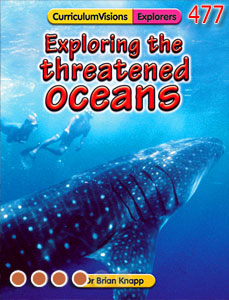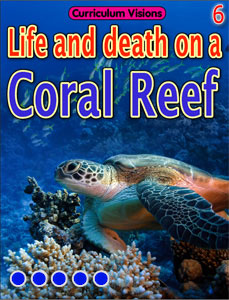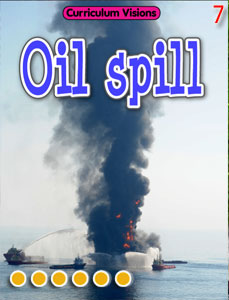An ocean is a large area of salty water which connects to other large areas of water and which contains very deep areas. Areas of shallow water close to coasts make up parts of oceans and are called seas (e.g. North Sea).
These are the oceans:
Pacific
This is by far the largest ocean. It is divided by the Equator into the North and South Pacific and contains the water between the Asian islands and the Americas.
Atlantic
This ocean lies between Europe and Africa and the Americas. It is divided into the North and South Atlantic by the Equator.
Indian
The waters south of India, between the southernmost points of Africa and Tasmania.
Southern
or
Antarctic
This is really the southernmost part of the Pacific, Atlantic and Indian oceans, but has currents which circle only around Antarctica.
Arctic
The water around the North Pole, which are really the northern parts of the Atlantic and Pacific Oceans, but which are often frozen. It is by far the smallest ocean.
The oceans occupy over 70% of the surface of the Earth. The oceans contain 97% of the Earth's water, and only 5% has yet been explored. The average depth is 3,682m (12,080ft).
It is the main source of water for clouds and rain and it forms the great reservoir of water for the water cycle. All life on land depends on the water cycle and so on the ocean. It is not just ocean life that depends on the ocean.
It also forms a major part of the carbon cycle, and has a big effect on climate and weather patterns. Over two million species live in the oceans.
Where the water for the oceans came from is still not explained. Some believe it came out of volcanoes, others believe it was from comets colliding with the Earth.







